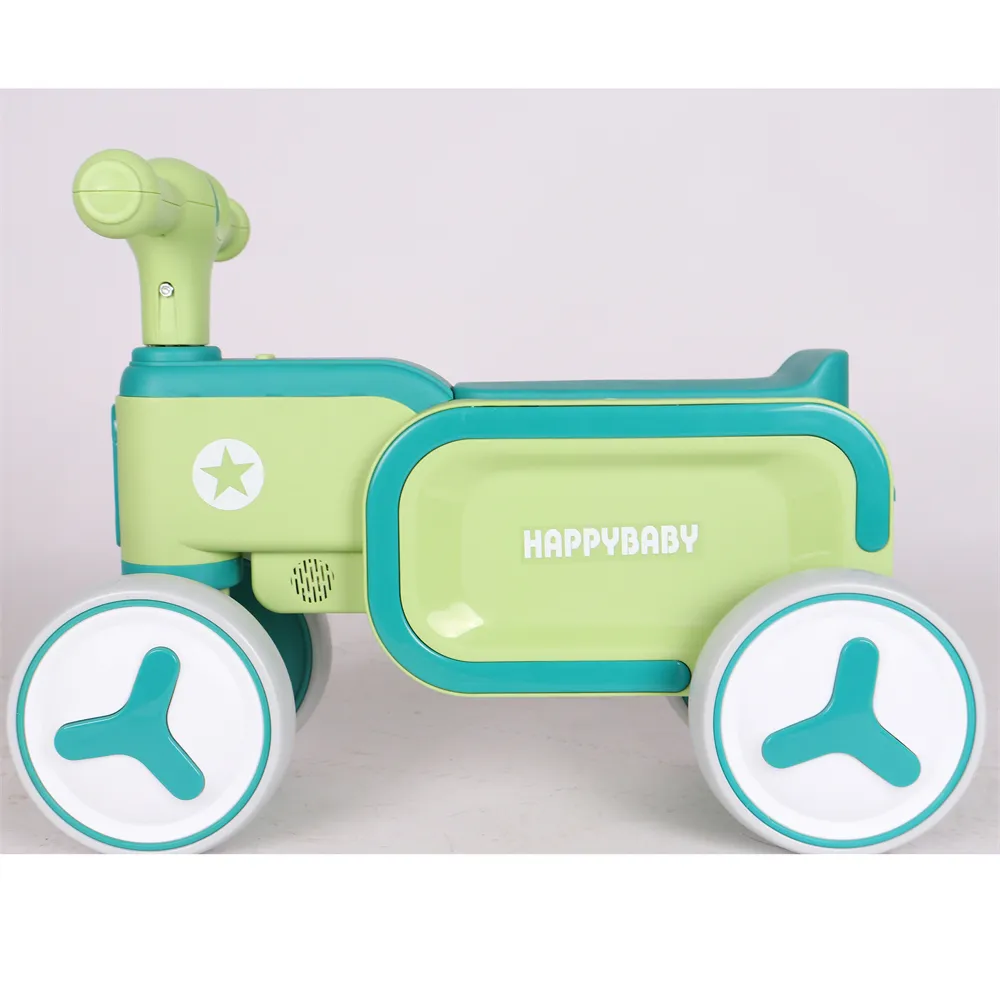Best Bikes for Kids Aged 4 to 6 Years Old
Choosing the Right Bike for Children Aged 4-6
When it comes to finding the perfect bike for children aged 4 to 6, parents have a myriad of options to consider. This stage is crucial for young learners as they develop motor skills, balance, and a sense of independence. The right bicycle not only supports their physical development but also enhances their confidence and provides a gateway to outdoor exploration. In this guide, we'll delve into essential considerations, types of bikes, safety features, and tips for making the best selection.
Understanding Size and Fit
One of the most critical factors in choosing a bike for young children is size. Bikes come in various wheel sizes, commonly ranging from 12-inch to 20-inch wheels. For kids aged 4 to 6, a bike with 12 to 16-inch wheels is typically suitable, depending on their height and overall development. It's essential to ensure that the child can reach the ground with their feet when seated, as this will help them feel secure and in control.
When shopping for bikes, consider the child’s height and inseam measurements. As a general guideline, a child between 3'5 and 4'0 tall will likely be comfortable on a bike with 12- to 14-inch wheels, whereas children from 4'0 to 4'5 may find 16- to 20-inch wheels more appropriate.
Types of Bikes
For toddlers and young children, several types of bicycles are available, each designed to cater to different skill levels and preferences
1. Balance Bikes These are excellent for beginners. They do not have pedals, allowing children to focus on balancing, steering, and learning how to coast. After mastering balance with a balance bike, transitioning to a pedal bike becomes easier and less intimidating.
2. Training Wheel Bikes Bikes with training wheels are another option for children who are not yet confident enough to ride without support. Training wheels help children gain balance while still allowing them to practice pedaling. It's important to note that kids should transition to riding without training wheels as soon as they are comfortable to avoid becoming overly reliant on them.
3. Pedal Bikes These are traditional bicycles that come with or without training wheels. When selecting a pedal bike, it’s crucial to choose one that is lightweight, as heavier bikes can be challenging for young children to maneuver.
Safety Features
childrens bikes age 4-6

Safety should always be a priority when selecting a bike for children. Look for bikes equipped with the following safety features
- Brakes Ensure the bike has effective brakes that the child can easily reach and operate. Coaster brakes (pedal backward to stop) or hand brakes are commonly used. Hand brakes may require more strength and coordination, so test them out with your child.
- Reflectors and Lights These enhance visibility, especially if the child rides during dusk or in low-light conditions. Many bikes come with built-in reflectors, but additional LED lights can improve safety.
- Helmet A well-fitted helmet is a must for any child riding a bicycle. Helmets come in various sizes and designs, making it easy to find one that your child likes while ensuring safety.
Getting the Right Accessories
In addition to the bike itself, consider accessories that can enhance your child's riding experience. A comfortable seat, handlebar streamers, or a bike bell can make riding more enjoyable. Additionally, investing in safety gear such as knee and elbow pads can help prevent injuries during falls.
Teaching Safe Riding Practices
Finally, teaching your child safe riding practices is crucial. Start by modeling good behaviors, such as always wearing a helmet, obeying traffic signals, and being aware of their surroundings. Practice in a safe, open area where they can gain confidence without the pressure of navigating traffic or crowded places.
Conclusion
Choosing the right bike for children aged 4 to 6 is not just about picking the most colorful option or the latest style; it’s about finding a bike that fits well, is safe, and encourages a love for riding. With the right selection, parents can help their little ones develop essential skills, enjoy the outdoors, and create lasting memories as they learn to ride. So get out there, choose wisely, and watch as your child rides into their next adventure!
-
Baby Balance Bike OEM Service – Kids No-Pedal, LightweightNewsNov.10,2025
-
OEM Kids Bike Children Bicycle – Cheap Wholesale BicyclesNewsNov.10,2025
-
Kids Bike New Model 12–18 inch Boys & Girls Bike, AdjustableNewsNov.10,2025
-
China Cheap Price Safe Kids Bike for 10yo w/ Training WheelsNewsNov.10,2025
-
China CE-Certified Kids Balance Bike, Guaranteed QualityNewsNov.10,2025
-
Colorful Outdoor Flashing Carton Children Scooter for KidsNewsNov.10,2025
-
Best Price Kids Balance Bike – Superior Quality, No PedalsNewsNov.10,2025








